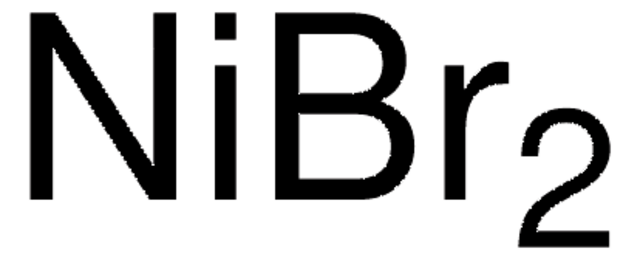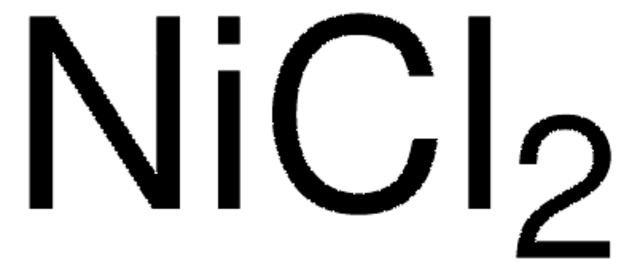MABN607
Anti-Neurexin-1-Beta Antibody
clone 170A/1, from mouse
Synonym(s):
Neurexin-1-beta, Neurexin I-beta
About This Item
Recommended Products
biological source
mouse
antibody form
purified immunoglobulin
antibody product type
primary antibodies
clone
170A/1, monoclonal
species reactivity
rat, human
technique(s)
immunohistochemistry: suitable
isotype
IgG1κ
NCBI accession no.
UniProt accession no.
shipped in
wet ice
target post-translational modification
unmodified
Gene Information
human ... NRXN1(9378)
General description
Specificity
Immunogen
Application
Western Blotting Analysis: A representative lot detected Neurexin-1-beta in COS cell lysates transiently transfected with Flag-tagged Neurexin-1-beta, and demonstrated a loss of signal in COS cell lysates transiently transfected with Flag-tagged Neurexin-1-alpha or untagged Kv2.1 plasmids (Prof. J. Trimmer, University of California, Davis.).
Neuroscience
Developmental Neuroscience
Quality
Immunohistochemistry Analysis: A 1:50 dilution of this antibody detected Neurexin-1-beta in rat olfactory bulb tissue.
Target description
Physical form
Storage and Stability
Analysis Note
Rat olfactory bulb tissue
Other Notes
Disclaimer
Not finding the right product?
Try our Product Selector Tool.
Storage Class Code
12 - Non Combustible Liquids
WGK
WGK 1
Flash Point(F)
Not applicable
Flash Point(C)
Not applicable
Certificates of Analysis (COA)
Search for Certificates of Analysis (COA) by entering the products Lot/Batch Number. Lot and Batch Numbers can be found on a product’s label following the words ‘Lot’ or ‘Batch’.
Already Own This Product?
Find documentation for the products that you have recently purchased in the Document Library.
Our team of scientists has experience in all areas of research including Life Science, Material Science, Chemical Synthesis, Chromatography, Analytical and many others.
Contact Technical Service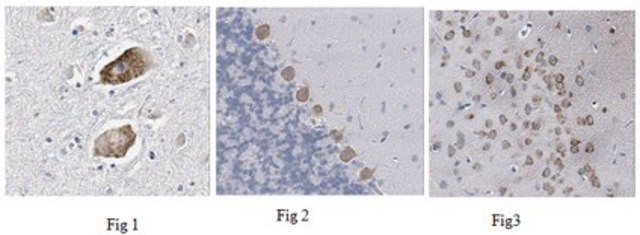
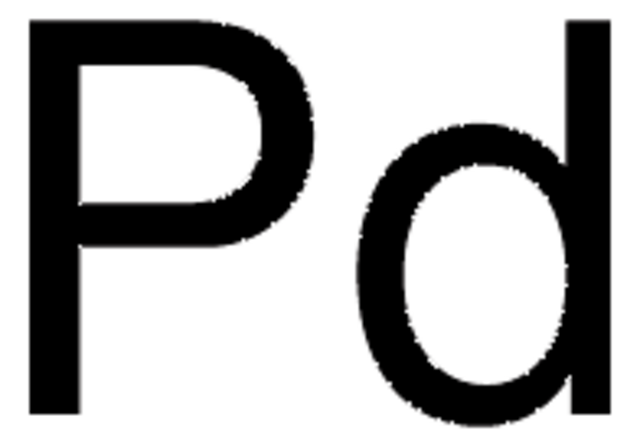

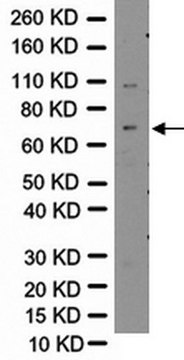
![Adenosine 5′-[γ-thio]triphosphate tetralithium salt ≥75% (HPLC), powder](/deepweb/assets/sigmaaldrich/product/structures/319/398/e29221c2-3649-455b-bd33-583bb017ec7d/640/e29221c2-3649-455b-bd33-583bb017ec7d.png)
